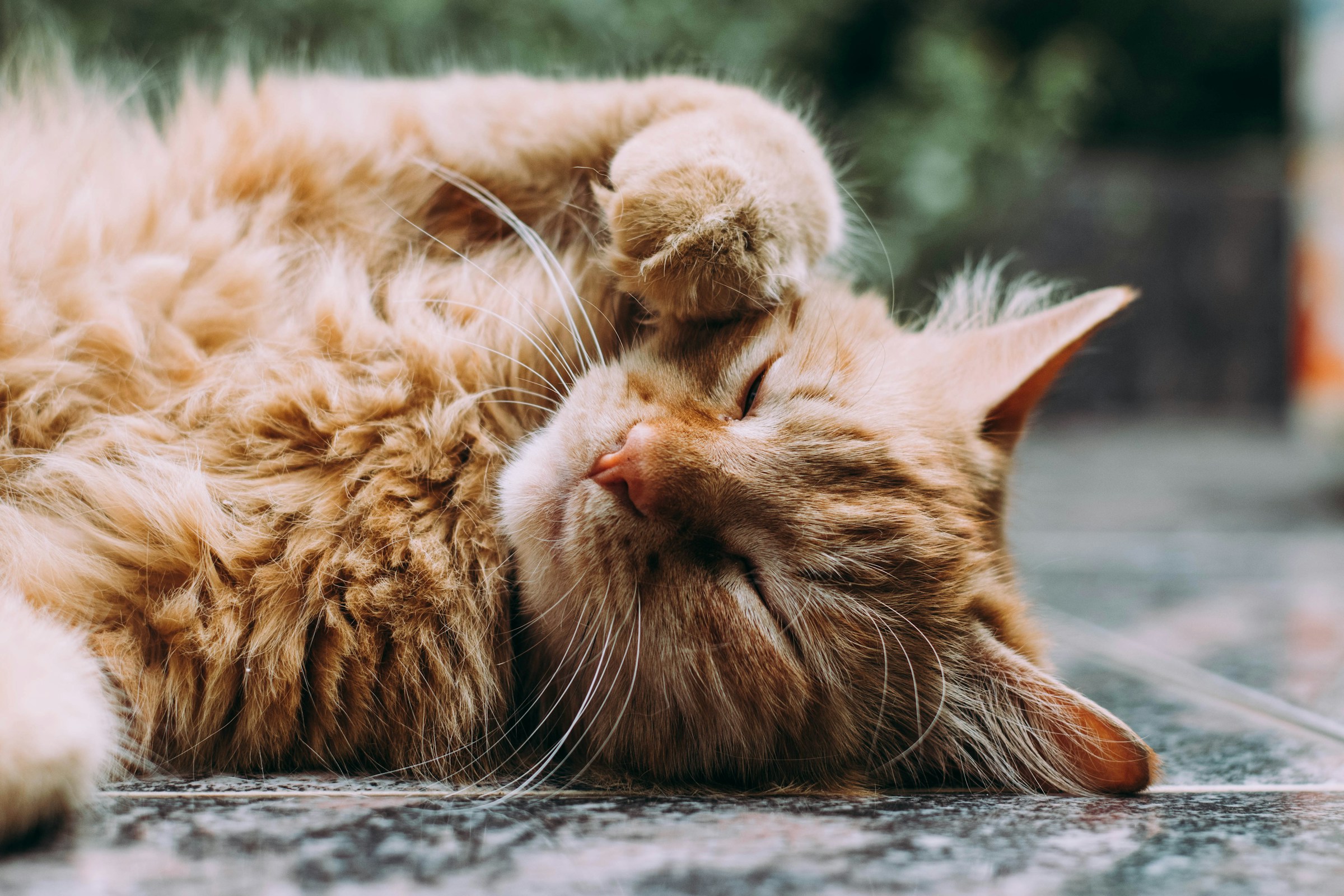As you walk along the streets of the UK, or ponder in your garden, you might encounter an unusual sight: a fox and a cat, seemingly living side by side. This phenomenon, where wildlife and domestic animals appear to coexist, raises a plethora of questions. Can cats and foxes live together harmoniously in urban areas? More critically, can they do so without posing a threat to each other’s safety?
A Closer Look at Urban Foxes
Foxes have always been a part of our urban wildlife. They are flexible creatures, able to adapt to different environments, be it rural, suburban, or urban. In the UK, their population has seen a significant increase, and they are now common in towns and cities.
Dans le meme genre : How can you train a Cockapoo to safely interact with wildlife in UK parks?
Foxes are often mistaken as dangerous animals, primarily due to their predatory nature. However, urban foxes have learned to live amongst people, scavenging for food in bins and gardens. Despite their wild origin, they pose little threat to humans and pets, including cats.
But, despite this seemingly peaceful cohabitation, it is crucial to remember that foxes are still wild animals. They have natural instincts that may lead them to attack when they feel threatened or cornered. Thus, while they are not generally aggressive, it is still essential to be cautious and responsible when dealing with urban foxes.
Avez-vous vu cela : How do British hedgehogs navigate urban environments?
Understanding Domestic Cats
Cats, on the other hand, are completely domesticated animals. They live in homes with people, and their food and shelter needs are catered by their human caregivers. Therefore, they are not naturally equipped to deal with threats in the same way that their wild counterparts are.
Cats are territorial creatures. They carve their own spaces in gardens and areas around the house and are often defensive when their territories are invaded. This territorial instinct is one of the reasons why cats and foxes might come into conflict. If a fox enters a cat’s territory, the cat will likely perceive it as a threat and may react defensively.
However, it’s important to note that cats are generally bigger than foxes and have sharp claws and teeth. They are formidable creatures capable of protecting themselves when necessary.
Interactions Between Foxes and Cats
So, what happens when these two creatures come into contact? Will a fox attack a cat? It is a common question that pet owners ask, and the answer is largely dependent on the situation.
Contrary to popular belief, foxes and cats do not typically fight. In fact, instances of foxes attacking cats are very rare. Foxes are mostly scavengers, and they prefer easy food sources like garbage or small rodents. They are unlikely to risk injury by attacking a larger, fiercer animal like a cat.
It’s more common to witness parallel play, where a fox and a cat will coexist in the same area without bothering each other. In some cases, they may even appear to play together. However, these are not friendships but merely mutual tolerance.
Keeping Cats Safe in Fox Populated Areas
Despite the rarity of attacks, it is still important to ensure the safety of your pet in fox-populated areas. One of the best ways to do this is by making sure your cat has a safe place to retreat to. This could be inside the house or a secure garden area.
Also, try to avoid leaving food outside, as it could attract foxes. If your cat is a hunter, you might need to ensure that it doesn’t bring prey home, as this could also lure foxes into your garden.
If you’re worried about your cat’s safety, consider keeping them indoors at night when foxes are most active. You could also accompany your cat when they’re outside to ensure they’re safe.
Educating People on Foxes and Cats Coexistence
Education plays a crucial role in fostering peaceful coexistence between cats and foxes. Understanding the behavior and habits of both these animals can help reduce fear and misconceptions about them.
It’s essential to remember that foxes are not the villains they’re often made out to be. They’re simply trying to survive in an urban environment that humans have encroached upon. Similarly, cats are not helpless victims. They’re capable of defending themselves and are far less likely to be harmed by a fox than by other threats like traffic or other cats.
In conclusion, while there may be occasional conflicts between cats and foxes, they generally coexist peacefully in urban areas. With the right precautions and an understanding of their behavior, it is entirely possible for domestic cats in the UK to safely coexist with urban foxes.
Urban Foxes and Domestic Cats: Behaviour and Interaction Dynamics
Understanding the complex dynamics of urban foxes and domestic cats interactions involves a detailed exploration of their behavioural characteristics. Foxes and cats, two very different species, have contrasting approaches to life and survival which are vital to understanding their coexistence.
Urban foxes are generally solitary animals, known for their cunning nature. They are mostly active at dusk and dawn, operating primarily under the cover of darkness. As an omnivore, the urban fox’s diet consists of fruits, vegetables, worms, birds, rodents, and, importantly, scavenged food from human sources. This opportunistic feeding behaviour further signifies their adaptation to urban life.
Interestingly, urban foxes are known to possess a certain level of fear and respect for cats. This is partly because of the cat’s larger size and partly because of their fierce and defensive nature. Foxes are clever creatures and are unlikely to engage in an unnecessary conflict that could lead to injury. Fox cubs, however, are more likely to interact and even play with cats out of curiosity.
Domestic cats, on the other hand, are creatures of routine. They typically claim a territory and patrol it regularly to mark their scent. These territories often overlap with the territories of urban foxes, leading to potential interactions. Cats are usually defensive rather than offensive, and they will avoid conflict when possible. If a fox invades a cat’s territory, it’s much more likely that the cat will flee rather than fight.
Evidence-Based Advice for Coexistence and Pest Control
While the interactions between foxes and cats are generally harmless, there are certain precautionary measures that can be taken to ensure a peaceful coexistence. Effective pest control is key to this as it discourages foxes from venturing into gardens in search of food.
One effective measure is to avoid leaving food out for your pets or wildlife, as this can attract foxes. It’s also wise to secure your garbage and compost bins to deny foxes easy access to food. This not only prevents foxes from becoming a nuisance but also reduces the likelihood of interactions with cats.
It’s also recommended to provide a safe space for your cat, especially during the night when foxes are most active. This can be indoors or in a secure outdoor area. Cat owners can also consider neutering their pets as this can reduce their urge to roam and potentially come into contact with foxes.
For gardens, installing fox-proof fencing is an option. This involves ensuring that the fence is high enough to prevent foxes from jumping over and digging-proof to stop them from burrowing underneath.
Conclusion
The coexistence of urban foxes and domestic cats in the UK is a fascinating subject that continues to intrigue and sometimes concern pet owners. Research and observational evidence suggest that these two species can safely coexist in urban areas, with instances of fox attacks on cats being rare.
Through the understanding of their behaviour and interactions, coupled with appropriate measures like effective pest control, the safety of cats can be ensured. Ultimately, the key lies in promoting a peaceful coexistence that respects the needs and instincts of both species, whilst ensuring our pets are safe in their urban habitats.
Indeed, the fox-cat dynamic is a testament to the adaptability of wildlife to urban living and the complex relationships that can form between species. Far from being a cause for concern, this unusual urban alliance should be seen as a testament to nature’s remarkable adaptability.






